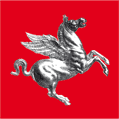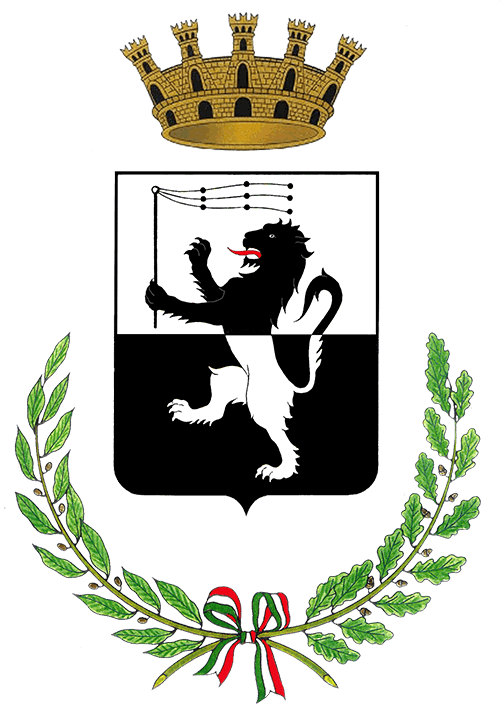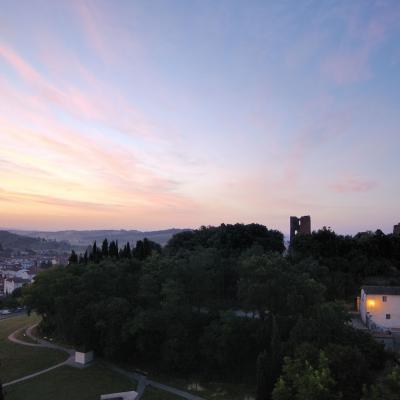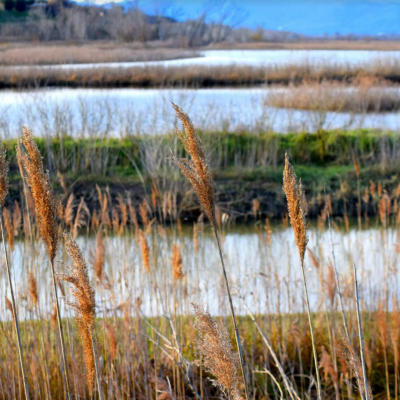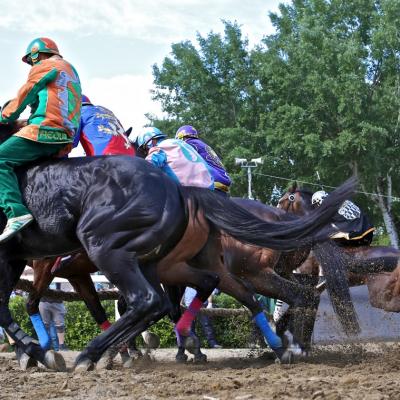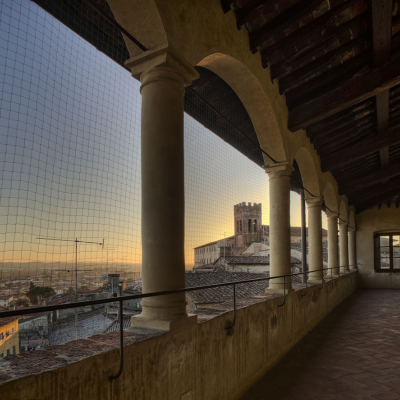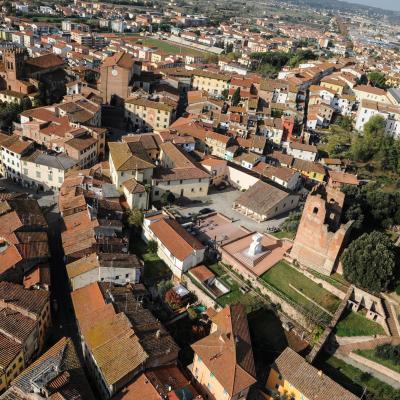The Fucecchio transit point for pilgrims, who came from England and France, but not only: it is here, in fact, that the Via Francigena met with the Romea Strata, an equally important route for those, coming from the regions of Europe eastern center, intended to reach the eternal city.
The Romea Strata is a journey of more than 1300 kilometers that consists of many different routes and that touches five Italian regions (Friuli Venezia Giulia, Trentino Alto Adige, Veneto, Emilia Romagna and Tuscana), ideally bringing together, under the same name, all those routes whereas from the north-east of Italy allowed pilgrims, from present-day Poland, the Czech Republic and Austria, as well as from the Balkans and Croatia, to reach the Urbe – and from there on, it was possible to continue to the southern ports, from which to embark to Jerusalem. The route is divided into nine sections, whose names remember the territories and the ancient routes traveled, and Fucecchio is part of the march directive called Nonantolana-Longobarda, which starts in Fanano and ends in the Tuscan town, for a total of 99 km.
In 2020 Fucecchio also obtained the role of leader of the 12 municipalities that make up the territorial area of the Tuscan Romea Strata (Abetone-Cutigliano, San Marcello-Piteglio, Pistoia, Serravalle Pistoiese, Monsummano Terme, Larciano, Quarrata, Lamporecchio, Vinci, Cerreto Guidi, Fucecchio, San Miniato).
The rediscovery of this road network has confirmed the deep identity of Fucecchio, always an authentic crossroads of ancient paths, stories, emotions and people from all over the world.
Romea Strata is an initiative of the Pilgrimage Office of the Diocese of Vicenza, in collaboration with the Italian Centre for Composite Studies. To learn more, visit the www.romeastrata.it website.
